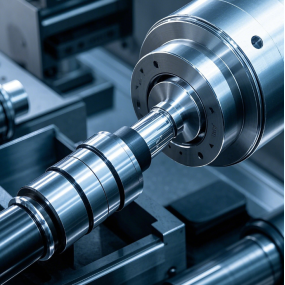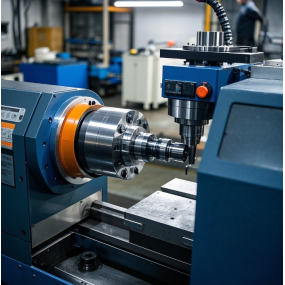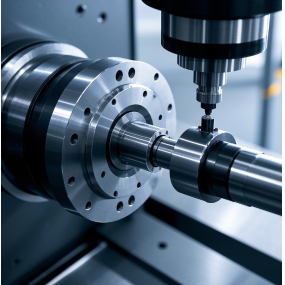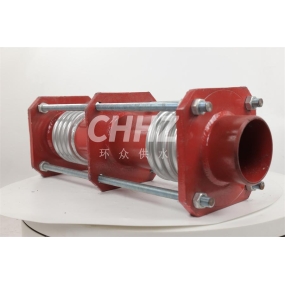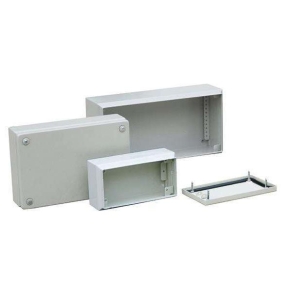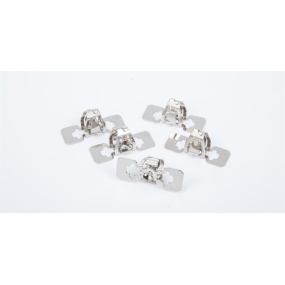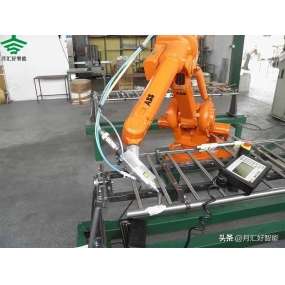In the numerical control of aluminum alloy processing, avoiding crack problems is an important quality control link. The following are some key measures that can help reduce or avoid the generation of cracks: 1. Material selection and preparation of high-quality aluminum alloy materials: Select good quality aluminum alloy materials to ensure that the alloy element content is correct and the impurity content is low. Materials should have good mechanical and physical properties to withstand the stress during processing. Material pretreatment: Appropriate pretreatment of aluminum alloy materials, such as removal of surface oxide film, oil stains and impurities, to reduce the source of cracks during processing. 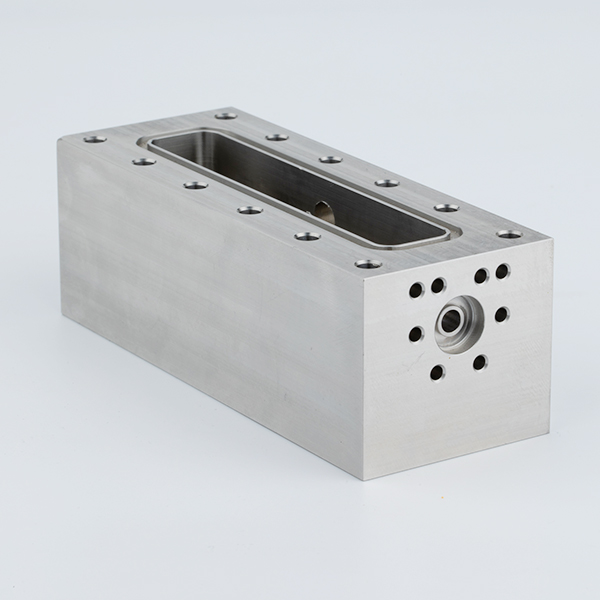 II. Process parameters Control of reasonable cutting parameters: According to the characteristics of aluminum alloy materials and processing requirements, choose the appropriate cutting speed, feed and cutting depth. Avoid material deformation and cracks caused by excessive cutting force. Use of coolant: Reasonable use of coolant to reduce cutting temperature and reduce thermal stress. The choice of coolant should take into account the characteristics of aluminum alloy materials and processing environment. III. Tool selection and use of special tools: Select special tools suitable for machining aluminum alloys, such as carbide tools or diamond tools. The geometry and angle of the tool should be reasonably designed to reduce cutting force and vibration. Tool wear inspection: Regularly check the wear of the tool, and replace the tool with serious wear in time. Avoid tool wear leading to increased cutting force and crack generation. IV. Uniform feed control during machining: Maintain uniform feed during the cutting process to avoid sudden acceleration or deceleration leading to sudden cutting force changes. Avoiding Stress Concentration: Optimize the machining path and cutting sequence, and avoid cutting in weak parts or stress concentration areas of aluminum alloy materials. Reduce Thermal Stress: Reduce thermal stress during machining by optimizing cutting parameters and coolant use. At the same time, control the temperature of the processing environment to avoid hot deformation and cracking of materials caused by excessive temperature. Five. Heat Treatment and Post-Treatment Heat Treatment: For aluminum alloy parts that require heat treatment, the heat treatment temperature and cooling rate should be strictly controlled. Avoid overheating or too fast cooling rate that causes thermal stress and cracks inside the material. Post-Treatment: After machining is completed, appropriate post-treatment is carried out on the parts, such as stress relief annealing, surface treatment, etc. These treatments help to eliminate residual stress generated during machining and improve the surface quality of the parts. Six, equipment and maintenance equipment accuracy: ensure the accuracy and stability of numerical control processing equipment, reduce processing errors and cracks caused by equipment problems. Regular maintenance: regular maintenance and maintenance of numerical control processing equipment, including cleaning, lubrication, fastening, etc. Maintaining the equipment in good condition helps to improve the processing quality and reduce the generation of cracks.
II. Process parameters Control of reasonable cutting parameters: According to the characteristics of aluminum alloy materials and processing requirements, choose the appropriate cutting speed, feed and cutting depth. Avoid material deformation and cracks caused by excessive cutting force. Use of coolant: Reasonable use of coolant to reduce cutting temperature and reduce thermal stress. The choice of coolant should take into account the characteristics of aluminum alloy materials and processing environment. III. Tool selection and use of special tools: Select special tools suitable for machining aluminum alloys, such as carbide tools or diamond tools. The geometry and angle of the tool should be reasonably designed to reduce cutting force and vibration. Tool wear inspection: Regularly check the wear of the tool, and replace the tool with serious wear in time. Avoid tool wear leading to increased cutting force and crack generation. IV. Uniform feed control during machining: Maintain uniform feed during the cutting process to avoid sudden acceleration or deceleration leading to sudden cutting force changes. Avoiding Stress Concentration: Optimize the machining path and cutting sequence, and avoid cutting in weak parts or stress concentration areas of aluminum alloy materials. Reduce Thermal Stress: Reduce thermal stress during machining by optimizing cutting parameters and coolant use. At the same time, control the temperature of the processing environment to avoid hot deformation and cracking of materials caused by excessive temperature. Five. Heat Treatment and Post-Treatment Heat Treatment: For aluminum alloy parts that require heat treatment, the heat treatment temperature and cooling rate should be strictly controlled. Avoid overheating or too fast cooling rate that causes thermal stress and cracks inside the material. Post-Treatment: After machining is completed, appropriate post-treatment is carried out on the parts, such as stress relief annealing, surface treatment, etc. These treatments help to eliminate residual stress generated during machining and improve the surface quality of the parts. Six, equipment and maintenance equipment accuracy: ensure the accuracy and stability of numerical control processing equipment, reduce processing errors and cracks caused by equipment problems. Regular maintenance: regular maintenance and maintenance of numerical control processing equipment, including cleaning, lubrication, fastening, etc. Maintaining the equipment in good condition helps to improve the processing quality and reduce the generation of cracks.
Hello! Welcome to EMAR's website!
 English
English » »
» »
 Spanish
Spanish Arabic
Arabic Spanish Basque
Spanish Basque Portuguese
Portuguese Belarusian
Belarusian Japanese
Japanese Russian
Russian Icelandic
Icelandic Bulgarian
Bulgarian Azerbaijani
Azerbaijani Estonian
Estonian Irish
Irish Polish
Polish Persian
Persian Boolean
Boolean Danish
Danish German
German French
French Filipino
Filipino Finnish
Finnish Korean
Korean Dutch
Dutch Galician
Galician Catalan
Catalan Czech
Czech Croatian
Croatian Latin
Latin Latvian
Latvian Romanian
Romanian Maltese
Maltese Malay
Malay Macedonian
Macedonian Norwegian
Norwegian Swedish
Swedish Serbian
Serbian Slovak
Slovak Slovenian
Slovenian Swahili
Swahili Thai
Thai Turkish
Turkish Welsh
Welsh Urdu
Urdu Ukrainian
Ukrainian Greek
Greek Hungarian
Hungarian Italian
Italian Yiddish
Yiddish Indonesian
Indonesian Vietnamese
Vietnamese 简体中文
简体中文 Haitian Creole
Haitian Creole


